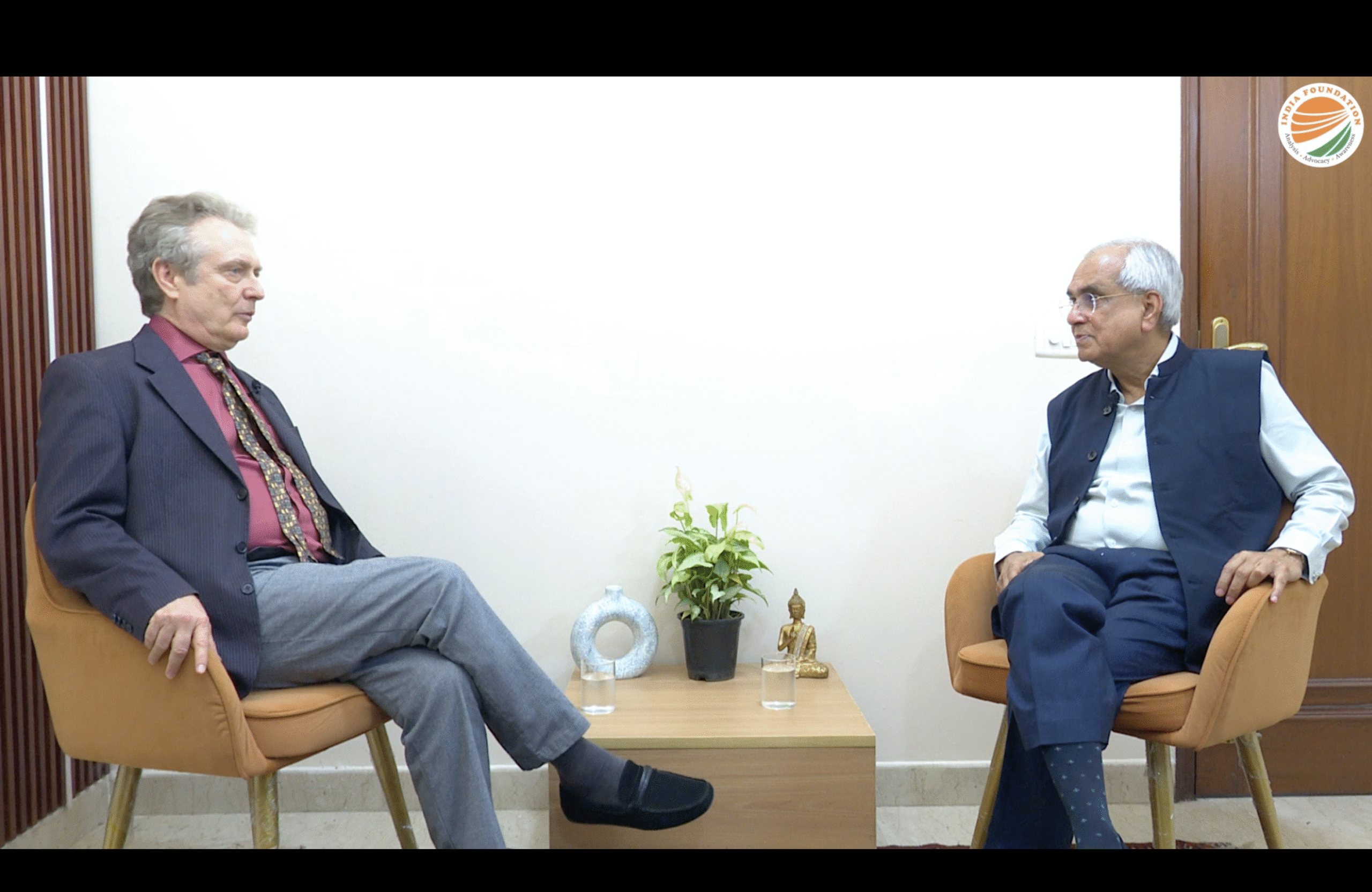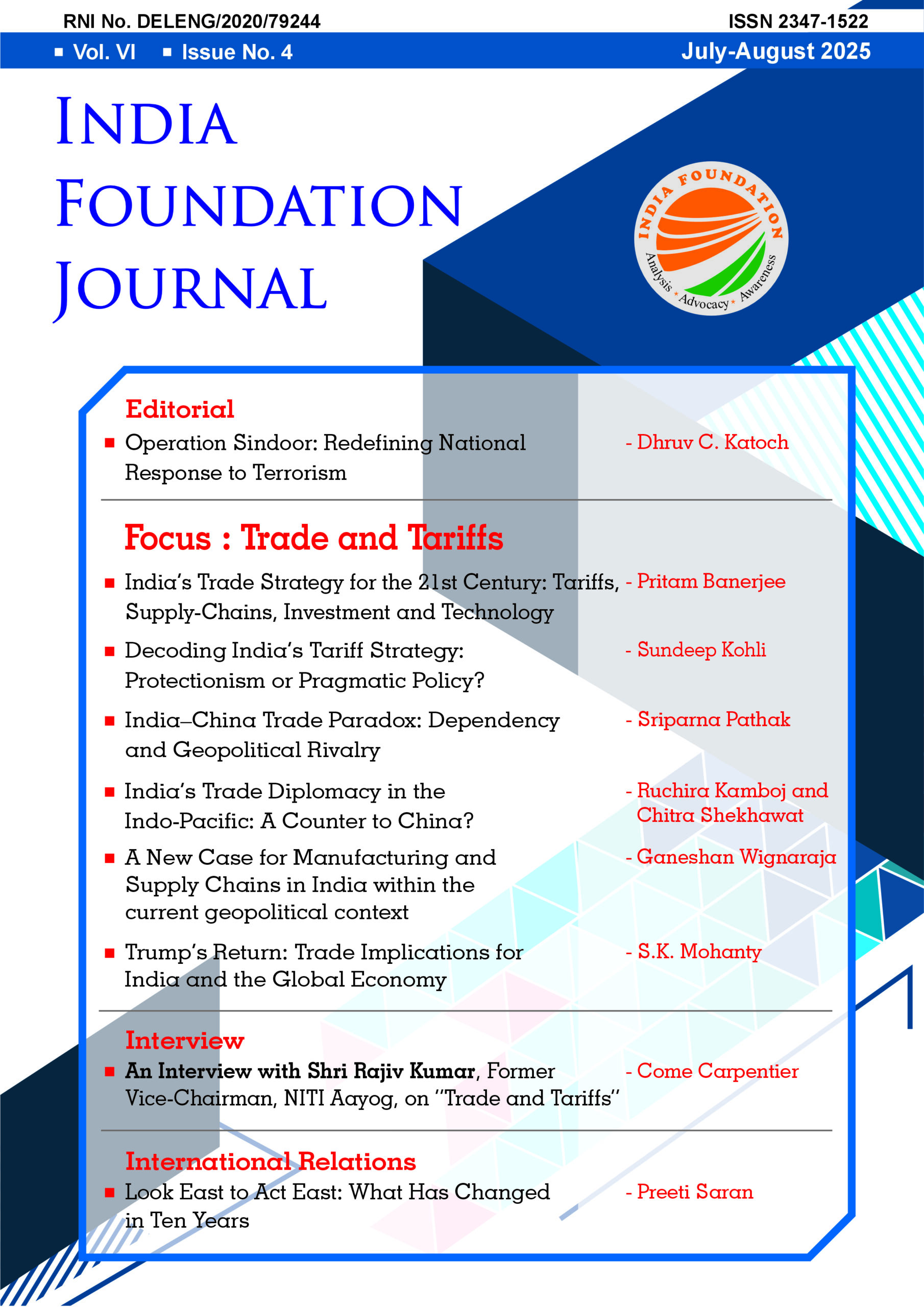Introduction
The history of India is marked by many centuries where Indian arts crafts and design were highly sought after globally. With over 3,000 unique arts and crafts, the importance of the arts in Indian society as well as its popularity in the ancient world is a testament to the fine workmanship and aesthetics of the Indian craftsman. India has an ancient and unique art history, with every region excelling in an art form. Usually the expertise is passed down from family members creating communities of artisans, these crafts are all of local provenance and are still found in their original forms.
Indian craftsmanship is also a prime example of the syncretic culture in India, with aesthetic influences from various religions like Hinduism, Jain, Buddhist, Sikh, Islamic as well as unique tribal aesthetics. The world has influenced Indian crafts and India has in return influenced world aesthetics. This ancient bond has not sustained itself for thousands of years merely by chance but simply by the commitment of the Indian craftsmen to their expertise. For the Indian craftsman his work has always been more than just a form of employment, there has always been a deep sacredness and spirituality accorded by the craftsman towards his products.
Unfortunately, with the advent of industrialization from the mid 18th to early 19th century, cheaper forms of crafts based on industrial labour replaced the craftsmanship of the karigar. This shift was a substantial setback to the Indian craftsmen and these special stories were forgotten. Today, many artisans struggle for survival and their unique crafts remain endangered. With the lack of product design, modern marketing techniques and political will various forms of Indian arts and crafts are becoming redundant, but the resilient Indian karigarcontinues to be the crucible of India’s culture.
In the international markets, there remains a strong appreciation for Indian artisanal goods. Earth friendly in nature, Indian crafts are the need of the hour and Indian karigars are infusing these crafts with modern design influences to suit new markets and sensibilities. Each of these crafts are unique to the cultures that have influenced them as well as the region, just as are the individual producers or the communities they represent. However, the karigarswill to adapt to modern markets, his resilience as well as the uniqueness of his craft has still not been enough to elevate the arts, crafts and design industry to its former glory. Therefore, it is important to comprehend the limitations faced by karigars trading internationally as well as in the local market. India from once being an influencer of arts and design on a global scale and having dominated the world market for centuries, today has to find solutions to optimise trade and influence of these crafts.
History of international trade and the subsequent decline
A global international trade outlook for India is not a new perspective. The complex but well organised system of international trade between ancient India and the rest of the world is fairly well documented. There were structures for trade and linkages to institutions, artists and patrons. These interactions and linkages all played a role in the Indianization of world culture and positioning India as an influential Soft Power globally.
The Indus valley civilization (3000 BCE -1700 BCE) had a rich craft tradition as well as a high degree of technical excellence in the art of pottery making, metal and terracotta, jewellery weaving etc. The craftsmen not only created all the local needed items but surplus items also.1 Indus Valley sites like Lothal were busy ports and these products were highly coveted in countries like Egypt and Mesopotamia.
During the Vedic age too (1500 BCE) the rise of religious literature also created a market for the use of religious objects like pots made of wood, clay and metal. The Vedas themselves spoke of artists, craftsman and products that had gained popularity.
The Mauryan Empire (322 BCE- 185 BCE) also has some surviving remnants of its Buddhist influence in the form of stupas that were patronized by Ashoka. These were prime example of the mature design sensibilities of the ancient age. In the far north-west of India (modern Afghanistan and Pakistan) Greco-Buddhist fusion art developed (1 CE – 500 CE) and by the Gupta period (320 CE – 550 CE) Indian art represented by all major religions of the time reached its peak. In the south of India as well the Chola, Chera, Pandya Tamil dynasties all patronized regional arts, crafts and design and were known for their sculptures and fresco paintings.
Trade of elegant and highly refined Indian textiles not just in India but internationally too can be gauged by the antiquity of Indian textile exports. The first century Greek source Periplus, mentions the Gujarati port of Barygaza, (Broach) as exporting a variety of textiles, dyes and ivory. Roman writer Pliny (CE 23-79) complained of the cost of luxury commodities imported to Europe from India. India known for its fine muslin and cotton (called “woven air” in roman literature) ivory, aromatics were in high demand world over amongst many other artisanal products”.2 Pliny stated “Not a year passed in which India did not take fifty million sesterces away from Rome”.3 “One of the Roman Senators, while decrying the import of fine cotton muslin of India to satisfy the variety of Roman women, said that in doing so the Empire’s coffers had been emptied”.4
Textiles from India were also in demand in Egypt, East Africa, and the Mediterranean between the 1st and 2nd centuries CE, and these regions became overseas markets for Indian exports.5 “There was export of printed fabric to China by the 4th century, 13th Century Chinese traveller Chau Ju- Kua commented on the variety of Indian textiles in Gujarat and their export to the Arab Countries, Marco Polo also mentioned the export of Indian textiles to South East Asia, Chou Ta-kuan, the Chinese observer of life at the Khmer capital of Angkor at the end of the thirteenth century, wrote that preference was given to the Indian weaving for its skill and delicacy. Prestige textiles like the Patola also had a great impact in some south Asian countries like Malaysia and Philippines where they were aspirational fashion limited only to the royal family members”.6
Goods exported from India was not only at the fore front of fashion but were prized for their unparalleled craftsmanship. These goods connected the world to Indian culture and influenced not just its aesthetics but also played a major role in the “indianization” of some civilizations. India had always been global soft power until the 18th Century.
The Colonial period in India also brought in its own western influence as well as European patrons. Indian calicoes and muslin became vital to the Portuguese, Dutch, British and Danish East India Companies. The Chintz became the axis of all textile trade. Later, even artists were influenced by the western style of painting like Raja Ravi Varma. Fusion of the European romanticized style with Indian influences evident in many art works of the era displaying The Tree of Life or Indian hunting scenes with elephants and tigers.
Unfortunately, this time of aesthetic collaboration and trade came to an abrupt halt. The Industrial Revolution in Europe made a significant difference to the development of India’s Arts and Crafts. With new industries in England that produced textiles and goods faster and cheaper, the Indian cottage industry was left severely impacted. The British levied heavy taxes and duties on Indian imports making them far more expensive than the European counterparts. In 1721 the East India company was banned from importing Indian goods. In addition to this setback the disappearance of India’s royal houses that were some of the primary patrons of regional arts, crafts and design, left Indian karigarswithout patrons. This not only effected their creative focus but also left them without resources to experiment with new designs and techniques.
The artisanal value of these Indian goods also became less important to the buyer in contrast to industry manufactured goods. On the contrary the Indian markets were flooded with British made goods for the first time further damaging the Indian market.
The continued fall of sales of Indian goods as well as the lack of patrons, karigars that had historically passed their art down to the next generation started encouraging their families to take up alternate more profitable trades. Not only did the influence of India globally decline but also production of Indian arts and crafts in India slowed down.
Increasing relevance and the way forward
The story of Indian arts, crafts and design is as old as the land itself. The confluence of religion and culture in India’s sculptures, paintings, earthenware and textiles remain unparalleled. It is this very synchronicity that makes Indian crafts unique and invaluable. While India has at times shared its aesthetics with other parts of the world, she has at the same time incorporated foreign design and aesthetics from other countries into its crafts. For instance, Batik and Ikat textiles were created for Africa and South Asian countries. This was possible due to maritime trade of the time, the route that the Indian Ocean provided for traders, the amicable relationship shared with other cultures, and the deep understanding of the craftsman towards the ever changing demands of the market.
Today, once again global leaders are largely moving towards greater cooperation and collaboration. The days of colonial domination is a thing of the past even while leaving some scars that still need healing. However, the resilience of the Indian craftsman and his commitment and sacredness towards his craft has carried Indian arts, crafts and design into the 21st century. It is this essential nature of the proud Indian craftsman and his sacred processes of creating India’s arts crafts and design that touches the human heart and mind, and this is the essence of what should to be translated into the soft power of a nation.
The crafts sector is the only industry that keeps the importance of human interaction alive in an increasingly machine oriented world. It relies on human contact at every step and that is what has maintained its relevance and uniqueness in the modern world.
Cottage Industry in India had grown organi-cally since the birth of the Indian civilisation. The power it has yielded has impacted entire communi-ties. It not only has absorbed workers from both genders, women and men both have equal standing within this industry but it also has also provided a skill that can generate income.
With the importance of climate change and the need of the hour being Earth friendly products, the time for Indian arts, crafts and design to take centre stage has arrived. Most products in the markets today are not earth friendly. Indian artisanal products are completely biodegradable, recyclable and renewable. These products are also economically cost effective in the long run. The ethical approach to fulfilling consumer demands requires us to switch to artisanal products.
With the entry of global online stores there is immense possibility to aid the revival of Indian arts, crafts and design. It will not only encourage karigars to become more technologically savvy but also allow the very last karigar to access a global market. It will enable him to cater directly to the online customer eliminating the need of a middleman. However, there is also a necessity for the government to dispense information and not only online marketplace training directly to the karigar but also to ensure awareness to individual craftsman of standards, rules and regulations for export. Considering that employment generation by the handicrafts sector has been growing at about 6-7 per cent each year and has increased from less than 60 lakh in 2008-09 to over 70 lakh in 2011-12, it calls for developing a mechanism to enable rural and semi-urban entrepreneurs to take advantage of emerging market opportunities.7
It is equally important alongside the promo-tion of online trade to keep alive the ‘bazaar’. The Indian bazaar has always been the social, economic and cultural heart of India. This is where human interaction, ideas and cultural religious exchanges take place. Most importantly the touch and feel quality of Indian crafts come to life. The bazaar is an integral part of the Indian culture and its preservation a necessity in a technology driven world. The impact of arts, crafts and design in India does not just limit itself to preserving the trade but it also mobilizes culture.
Access to urban and commercial spaces, exhibitions and fairs curated to global standards, generating interest worldwide through associations and fostering community enterprises will all aid the global positioning of Indian arts, crafts and design.
Few heritage villages are already successful models representing the community spirit of the craftsman, and more are being created to draw in visitors to witness not just the creation of products but also the cultural milieu. For instance, the heritage village of Raghurajpur in Odisha attracts tourism where people come to stay with the karigars, some to learn their crafts and some to imbibe the culture. The village fosters the spirit of the karigar and tradition of Indian arts, crafts and design. The promotion of heritage villages like Raghurajpur also creates access for patrons and consumers both nationally and internationally to recognise the value of the Indiankarigar.
In a study titled “Infusing vibrancy into Indian handicraft sector” conducted by The Associated Chambers of Commerce and Industry in India (ASSOCHAM), it is stated that the share of handicraft exports in India’s total exports has significantly declined over the years. From about four percent in 2001- 02 it has fallen to just under one percent in 2011-12.8 The possibility of decline in handicraft exports may also be due to the fact that over 60% of the exports are to the West whereas other potential buyer regions like South East Asia and Africa have been overlooked. Therefore, unfortunately India’s share in the international handicraft market is not nearly as formidable as it should be.
There is an immediate need to upgrade the handicraft industry knowledge base. Most small craftsmen are not aware of standards, rules and regulations for export.
There is also a huge gap in understanding product design and modern needs. Age old techniques can be applied to creating modern products as per market requirement. There is also a necessity for the government to dispense information and online marketplace training directly to the artisan.
With the entry of global online stores there is immense possibility to revive dying arts and to encourage artisans to become more technologically savvy, enabling artisans to cater directly to the online customer. Besides, considering that employment generation by handicrafts sector has been growing at about 6-7 per cent each year, it calls for developing a mechanism to enable rural and semi-urban entrepreneurs to take advantage of emerging market opportunities.9
The economic focus of the artisan has to change from just subsistence to growth and success. The impact of art in India is not just limited to preserving the trade but also mobilizing culture. Through access to urban and commercial spaces, promotion of exhibitions and fairs curated to global standards, generating interest worldwide through associations and fostering community enterprises we may be able to promote and preserve the richness of Indian arts, crafts and design.
In the international market, there remains a deep appreciation for Indian artisanal goods and India has begun to realise the immense Soft Power potential of bringing back to the world its philosophical, spiritual, artistic, and aesthetic capabilities and is ready to share it with the world. The success of Indian arts, crafts and design is not the sole responsibility of the karigaror of the government. This is a collective responsibility and with the Indian artisan already reinventing himself his success does not seem distant.
References:
Bibliography
- http://blog.bhavishyanet.org/2018/06/07/69/
- http://jigyasa0.tripod.com/trade.html
- http://jigyasa0.tripod.com/trade.html
- http://shodhganga.inflibnet.ac.in/bitstream/10603/187505/7/07_chapter%201.pdf
- Shaffer, Lynda N. (2001), “Southernization”, Agricultural and Pastoral Societies in Ancient and Classical History edited by Michael Adas, Temple University Press, ISBN 1-56639-832-0.)
- http://jameelcentre.ashmolean.org/collection/7/10236/10333
- https://www.businessstandard.com/search?type=news&q=exports
- https://www.businessstandard.com/search?type=news&q=exports
- http://assocham.org/newsdetail.php?id=5051
- Kanika,B http://www.historydiscussion.net/history-of-india/vedic- period/trade-and-commerce-during-the-vedic-period-india-history/7060)
- Dhamija, 1992; p.5Dhamija, J (1992), ‘Indian Folk Arts and Crafts’, National Book Trust, India, New Delhi.
- Gadgil, DJR (1985), J’The Industrial Evolution of India in Recent Times’, 1860-1939 (Fifth Edition, Seventh Impression), Oxford University Press, New Delhi. )
- Donkin, Robin A. (2003), Between East and West: The Moluccas and the Traffic in Spices Up to the Arrival of Europeans, Diane Publishing Company, ISBN 0-87169-248-1.
(Ms. Rami Desai is the Director of iSTRAT CA, a company that deals in research,
communication and data management and skill development. Views expressed are personal.)
(This article is carried in the print edition of March-April 2019 issue of India Foundation Journal.)



